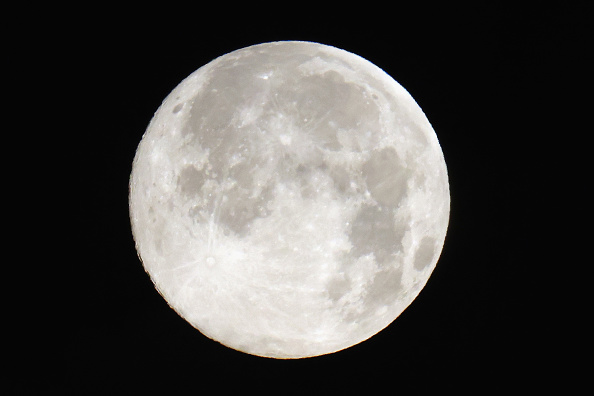
The beaver moon is named after the time of year beavers retreat to their shelters for the winter, according to The Old Farmer’s Almanac.
Lunar moon full#
Known as the beaver moon, November’s full moon will be visible for about three days.

The Earth’s atmosphere, which scatters sunlight, will create the effect of a sunset projected onto the moon. A first quarter moon appears highest on the spring equinox and lowest on the autumn equinox. A new moon appears highest on the summer solstice and lowest on the winter solstice. In full autumnal spirit, the moon will appear a reddish-brown color during the eclipse. The duration from full moon to new moon (or new moon to full moon) varies from approximately 13 days 2212 hours to about 15 days 1412 hours. “It is a very long eclipse so be a little patient and try to stay warm,” Myers said. The eclipse in other regions of North America - most of the Southeast, from the High Plains to the West Coast and in most of New England and Canada - could be obscured by clouds. Most of western Mexico and Southern Baja to Mazatlán will also have a clear view. We can expect clear skies across the Northeast, mid-Atlantic, and from Michigan and Ohio to Texas in the United States, CNN meteorologist Chad Myers said. NASAīread baking, fresh strawberries claim top spots in NASA's Deep Space Food Challenge NASA astronaut Mark Vande Hei prepares chile peppers, which were grown during a separate food production initiative aboard the International Space Station. The website can tell you when you’ll be able to see the eclipse based on where you are. ET, when the moon falls under the Earth’s umbra. ET, but the dimming of the moon won’t be noticeable until 2:19 a.m. NASA forecasts the eclipse to peak at 4:03 a.m. You won’t have to stay outside the whole time for the experience, but you might have to choose between going to bed late and waking up early, depending on where you live. The amount of Moon we see changes over the month lunar phases because the Moon orbits Earth and Earth orbits the Sun. The penumbra is the outer edge of the Earth’s shadow, lasting over six hours, and the umbra is the deepest part of the shadow, lasting 3.5 hours. Fast Facts What are lunar phases and eclipses The moonlight we see on Earth is sunlight reflected off the Moon's grayish-white surface. The eclipse can be divided into the penumbral and umbral phases, according to Sky & Telescope magazine.

William West/AFP/Getty ImagesĪ partial lunar eclipse occurs when part of the full moon falls under Earth’s shadow (unlike May’s total lunar eclipse) - more than 97% of the moon will be covered at the peak of the eclipse, according to NASA. The last lunar eclipse in May was a rare "super blood moon," appearing brighter and larger than a normal full moon in a reddish hue.


 0 kommentar(er)
0 kommentar(er)
